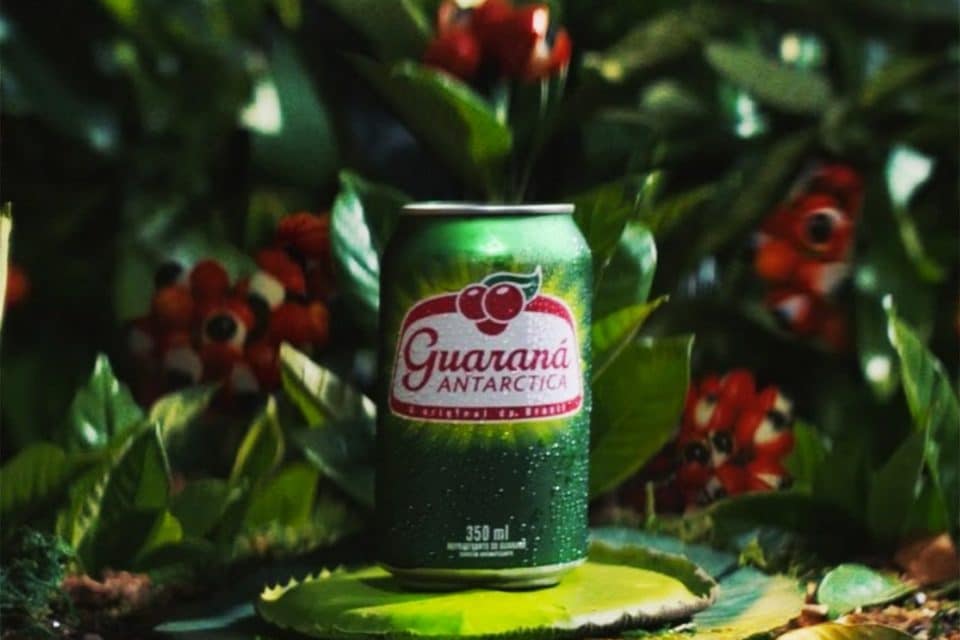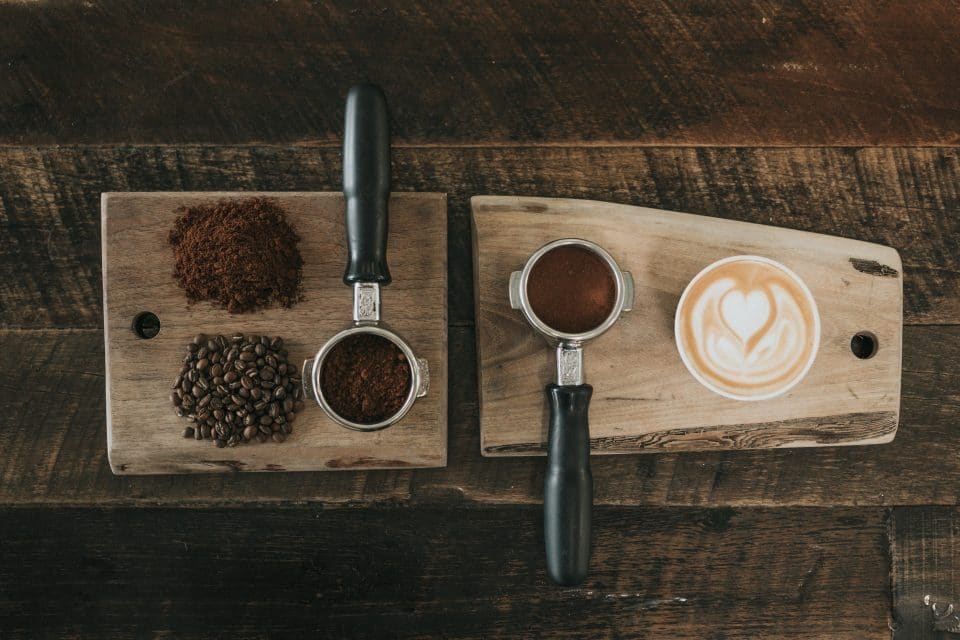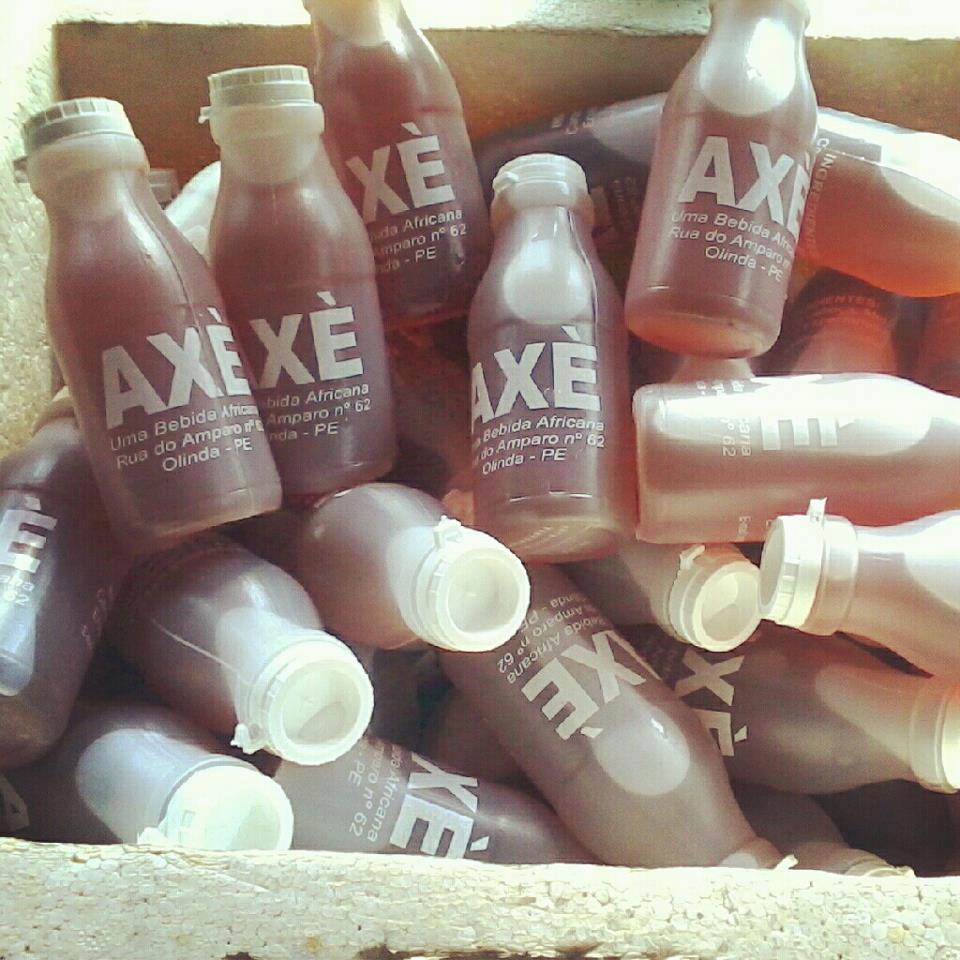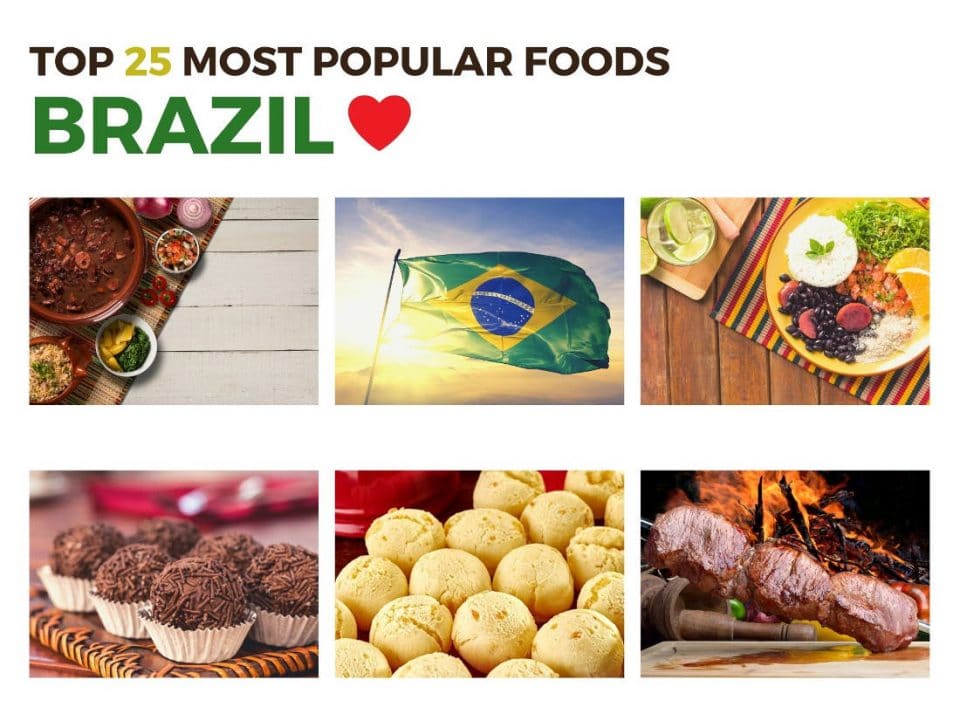20 Most Popular Brazilian Alcoholic Drinks & Beverages

Brazil is a beautiful country with fantastic cuisine, gorgeous beaches, vibrant cities, and the list goes on and on. Home to the Amazon jungle, the legendary Pele, and the Rio Carnival, Brazil attracts over 6 million international tourists every year.
If you are one of them, you may be wondering what top Brazilian foods, desserts, and drinks you need to try to experience the true Brazilian lifestyle.
Drum roll for the list of the most popular drinks in Brazil!
1. Guaraná

The number one source of suffering for Brazilians traveling abroad is the awful moment when they crave a Guaraná and realize that, for some inexplicable reason, the rest of the world doesn’t drink it. Guaraná is a small bright red fruit with a black dot in the middle, eerily like an eye staring at you.
It is native to the Amazon rainforest and is most popular served in the form of a soda. Still, it is also enjoyed as a juice in some northern regions. The unique exotic flavor of Guaraná is exceptionally refreshing. Try it at your own risk, though, because you might also end up craving it when you go back home.
2. Café (Coffee)

As a country whose entire economy was based on coffee for nearly a century, having a large cup of coffee at breakfast, a coffee break after lunch, and even a small cup in the evening is an indispensable part of most Brazilians’ everyday life.
Brazilians like their coffee hot, almost to boiling point. They can’t hide their bewilderment when a foreigner asks why they mixed milk into it. “Café com leite,” or coffee with milk, is highly popular in Brazil, even drunk by kids, because of its sweeter taste.
Brazilians also have trouble drinking most of the cheap coffee served abroad and refuse to call a Starbucks brew “ real coffee.”
3. Água de Coco (Coconut Water)

Chilled coconut water is one of the favorite drinks for Brazilians. You’ll find it sold on stalls that you’ll find every 20 meters by the beach, in most parks, and every market.
After a day swimming and tanning at the beach or an hour jogging through a park, nothing is more welcome than an ice cold, highly nutritious, sweet coconut water straight out of a ripe green coconut, sipped with a straw.
It is also customary to ask the stall owner to open up the coconut after drinking all its content so that you can enjoy the white coconut meat with a spoon.
4. Caldo de Cana (Sugarcane Juice)

Sweeter than any synthetic drink, the natural juice extracted by squeezing the sugarcane is loved by Brazilians. Served on stalls at schools and universities it is a cheap and delicious option if you’re looking for a refreshing drink on a hot day.
Despite being made from raw sugarcane, its sweetness isn’t overwhelming, so it’s easy to gulp down large quantities. But be careful because you can’t overestimate the sugar in a small cup of sugarcane juice.
5. Caipirinha

Brazil’s national cocktail, the caipirinha, is a simple yet delicious drink that is easy to make. Pour a generous amount of cachaça, a strong liquor made of distilled sugarcane, over sliced limes and mix well. Then add a teaspoon of sugar and some ice – and it’s ready to go.
The sour taste of the limes blends perfectly with the cachaça, and the sugar masks the taste of the alcohol so well that you could forget it is 80 proof! By the time you realize it, you’re already a happy drunk, so, well…
6. Açai

Açai is a superfood packed with incredible nutrients. It is a favorite drink after taking part in high-intensity activities, like going to the gym, spending a day at the beach, or playing a game of soccer.
It is served ice cold and has a consistency that varies from a liquid that can be drunk from a glass to a purple paste eaten with a spoon. It is typically accompanied by bits of banana and granola, turning it into an obscenely high-energy meal of up to 1,000 calories!
Açai has a unique bitter taste that might be too much for some first-timers without adding a little sugar. But when the temperature rises, nothing is better than a cold bowl of açai to cool you down.
7. Suco de Cupuaçu (Cupuaçu Juice)

The cupuaçu is a strong-flavored fruit native to the Amazon rainforest with a distinctive acidic taste. While too sour to be enjoyed as a fruit, it is the country’s number one fruit when used in sweet recipes.
The juice made out of the cupuaçu pulp has a yellowish color. It is usually served with a generous amount of sugar to balance its exotic sour taste. Don’t miss the opportunity to try it!
8. Chimarrão

Chimarrão is most popular in the southern regions of Brazil, where it was created. It is made by pouring hot water into a uniquely shaped gourd, a cuia, filled with fresh mate leaves. Once brewed, it’s sipped through a metal straw, acting as a filter.
Chimarrão is popular in the country’s coldest regions and has the sour taste that you’d expect from mate.
9. Axé de Fala

Axe de fala is made of cachaça and includes various herbs. The exact recipe remains a closely guarded trade secret by each producer. Still, cloves, cinnamon, honey, and guaraná powder are staples. It is most prevalent in Brazil’s northeast region during week-long Carnival festivities.
Because of its range of flavorful ingredients, Axe de fala is often made from low-quality cachaça, as the taste of the alcohol is masked with different sweets.
So be careful when drinking it, though, as you can get drunk very fast – but that is the whole point!
10. Suco de Graviola (Soursop Juice)

The soursop, a fruit native to the Amazon rainforest, looks similar to its cousin, the sugar apple, but is many times larger and has a unique tropical taste. The juice made from its pulp is white, thick, and almost creamy.
However, don’t let its whiteness fool you into thinking it has a bland flavor.
Suco de graviola is a delicious, refreshing drink that is sour but with a hint of sweetness, even without added sugar. Soursop is most popular in the hottest northern regions of Brazil because it’s such a great thirst-quencher when enjoyed during summer.
11. Cajuína

Cajuína is a non-alcoholic drink extremely popular in the country’s northeast region, made from clarified and sterilized cashew juice. Its beautiful amber color comes from the natural caramelization of the sugars of the cashew fruit.
It was introduced to other regions of the country after a song by Caetano Veloso named after this fantastic drink became a national hit. So if you need a break from all the alcoholic beverages served in Brazil, Cajuína could be just what you’re looking for.
12. Quentão (very literally translated as Very Hot)

Quentão (literally translated as ‘very hot’) is usually served during the Festa Junina, a celebration of the coming winter. Brazilians are very sensitive to low temperatures. When the thermometers start showing below 60°F, it is time to prepare a good quentão.
It is basically a strong cachaça, heated and seasoned with sugar, lemon, ginger, cloves, and cinnamon.
Quentão is a perfect blend of strong-tasting alcohol combined with different sweet flavors. The fact that it is served hot during the coldest season only adds to the intriguing mix of hot and cooling notes that should be slowly savored. The result is an unforgettable Brazilian experience.
13. Catuaba

Catuaba is an alcoholic beverage made with a blend of many different tropical barks from the Amazon rainforest.
It is sold in plastic bottles and looks similar to wine with its dark purple hue. But the resemblance ends there. Catuaba is renowned for its strong aphrodisiac properties, so beware! It may catch you off guard if taken in excess! Because of its reputation it is a trendy drink for university parties and during carnival. You’ve been warned!
14. Chá de Ayhuasca (Ayhuasca Tea)

Also known as “Chá de santo Daime”, ayahuasca tea is made from Amazonian vines and bushes with strong hallucinogen effects. The recipe was passed down orally by the Shamans of Amazon indigenous tribes through centuries.
Despite its strong hallucinogenic properties, similar to the chemical DMT’s, it is rarely used for recreation. Because of its heritage, this tea is linked to various spiritual ceremonies as it is said to have the power to rid those who drink it of harmful energies and spirits.
15. Vitamina de Banana (literally translated as Banana Vitamin)

Vitamina de banana is made by mixing ripe bananas, milk, and sugar in a blender. It is called a vitamin because drinking large amounts at once is believed to reinvigorate you.
It is usually made for people recovering from mild illnesses and, because of that, it’s hated by most children. Not because of its delicious taste, though, but because it is forced into them.
16. Cerveja Baden Baden

One of the best hand-crafted beer-makers in Brazil, the Baden Baden brewery in Campos de Jordão is famous for the myriad unique flavors of its beers.
Beers made from passion fruit, cilantro, orange, cinnamon, berries, chocolate, and premium-quality malt give those who drink it a unique sensory experience. They cost about five times the price of regular beer but are perfect for special occasions. When you visit Brazil, they’re well worth searching for.
17. Rabo-de-Galo

The name Rabo-de-Galo is a literal translation of “cock tail”, as in the tail of a rooster. It is a drink made of 2/3 cachaça and 1/3 Italian vermouth. The bittersweet flavor of the vermouth harmonizes perfectly with the cachaça, resulting in an extremely strong, sweet flavored drink.
18. Batida de Maracujá

Combine a can of sweetened condensed milk, cachaça, and concentrated passion fruit juice. The result is a beautiful bright orange cocktail, the sweetest you will ever have in Brazil.
With hints of the acidic passion fruit, you won’t feel you are drinking alcohol at all, even though half of the cocktail is the strong cachaça.
19. Mate Leão

The commercial iced mate tea sold in a soda can is a favorite refreshing drink that wandering vendors sell to those sunbathing on sandy beaches.
When a Brazilian goes to the beach if they don’t hear the continuous cry of numerous vendors yelling, “Buy some mate, ice cold mate-leão!” at the top of their lungs, they might assume something is wrong with the world.
20. Cobogó

Cobogó is yet another drink made of cachaça. It’s flavored with limes, turmeric, a pinch of black salt, and jabuticaba – a jam made from sweet purple berries native to Brazil’s dry midwest.
Its unique, exquisite taste is both sweet and salty simultaneously and the flavorings harmonize perfectly with the earthly flavor of the cachaça.
Do you have more suggestions for delicious and typical Brazilian drinks? Share your suggestions below – our community loves to swap ideas!
Read up next our list of the most popular foods you need to try out on your next trip to Brazil.


